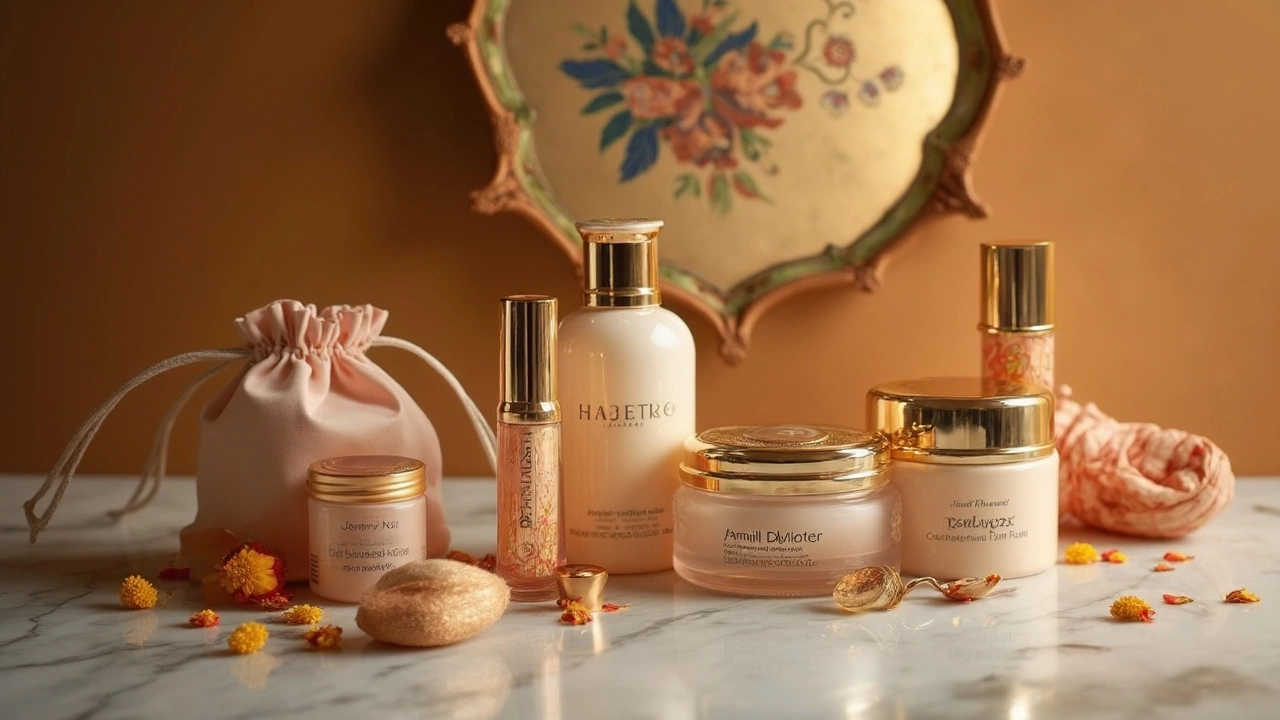Expensive Skincare: How to Spot Real Value in Luxury Products
If you’ve ever stared at a $200 serum and wondered whether the price tag matches the benefit, you’re not alone. High‑end skincare brands love to showcase gold flakes, caviar extract, or rare botanicals, but those buzzwords don’t always mean better results. Below we break down the key factors that actually drive performance, so you can decide if a pricey bottle is an investment or just hype.
Ingredients That Justify the Cost
Luxury formulas usually contain three things that cheap versions can’t easily match: potent actives, cutting‑edge delivery systems, and rigorous stability testing. Look for ingredients that have solid research behind them, such as retinoids, niacinamide, and peptides. Retinoids, for example, have been proven to boost collagen and smooth fine lines, but they need a stable base to stay effective. Premium brands often use encapsulation technology—tiny carriers that protect the ingredient until it reaches your skin—ensuring you get the full dose.
Rare botanicals can also add value when they’re truly beneficial. Caviar extract is rich in omega‑3 fatty acids and antioxidants, which help guard skin against free‑radical damage. However, the concentration matters. A product that lists “caviar extract” in the first three ingredients is more likely to deliver real benefits than one that hides it near the end of the list.
When Price Is More About Packaging Than Performance
Some luxury lines spend more on the bottle than the formula. Heavy glass, magnetic caps, and designer labels look impressive, but they don’t improve skin health. If a product feels heavy, smells strong, or leaves a residue, that’s a red flag—no amount of branding can fix a bad formula.
Another common trap is “skin‑type marketing.” A product might be marketed for “all skin types” but actually contains high concentrations of actives that could irritate sensitive skin. Always read the full ingredient list and do a patch test before splurging.
Finally, consider the cost per use. A 30 ml bottle that lasts a month is effectively cheaper than a 15 ml serum that you need to replace weekly, even if the upfront price looks lower.
So, how do you decide if an expensive product is worth it? Start by checking the active ingredients and their concentrations. Next, see if the brand uses proven delivery tech. Lastly, compare the price per use with a more affordable alternative that contains similar actives. If the luxury item passes these three checks, you’re probably getting real value; if not, stick to a budget‑friendly option.
Remember, great skin isn’t about the price tag—it’s about consistent care, sun protection, and a routine that matches your skin’s needs. Use expensive products as a supplement, not a replacement, and you’ll see better results without breaking the bank.
Is Expensive Skincare Worth It? Splurge vs Save Guide for 2025
Are pricey creams worth it? See when to splurge, when to save, and which ingredients deliver real results. Evidence-backed, no fluff. 2025-friendly advice.
Most Expensive Skincare Brand in the World: The Ultimate Price Tag on Beauty
Ever wondered which skincare brand tops the list for jaw-dropping prices? This article breaks down the world's most expensive skincare brand and what really makes it so pricey. See if you're truly getting extra quality for extra cash or just paying for a fancy label. Get a peek inside luxury ingredients and whether these products actually deliver results. Plus, snag some smart tips for making luxe skincare work for you—even if you don't have a celebrity bank account.


 Hair Care
Hair Care